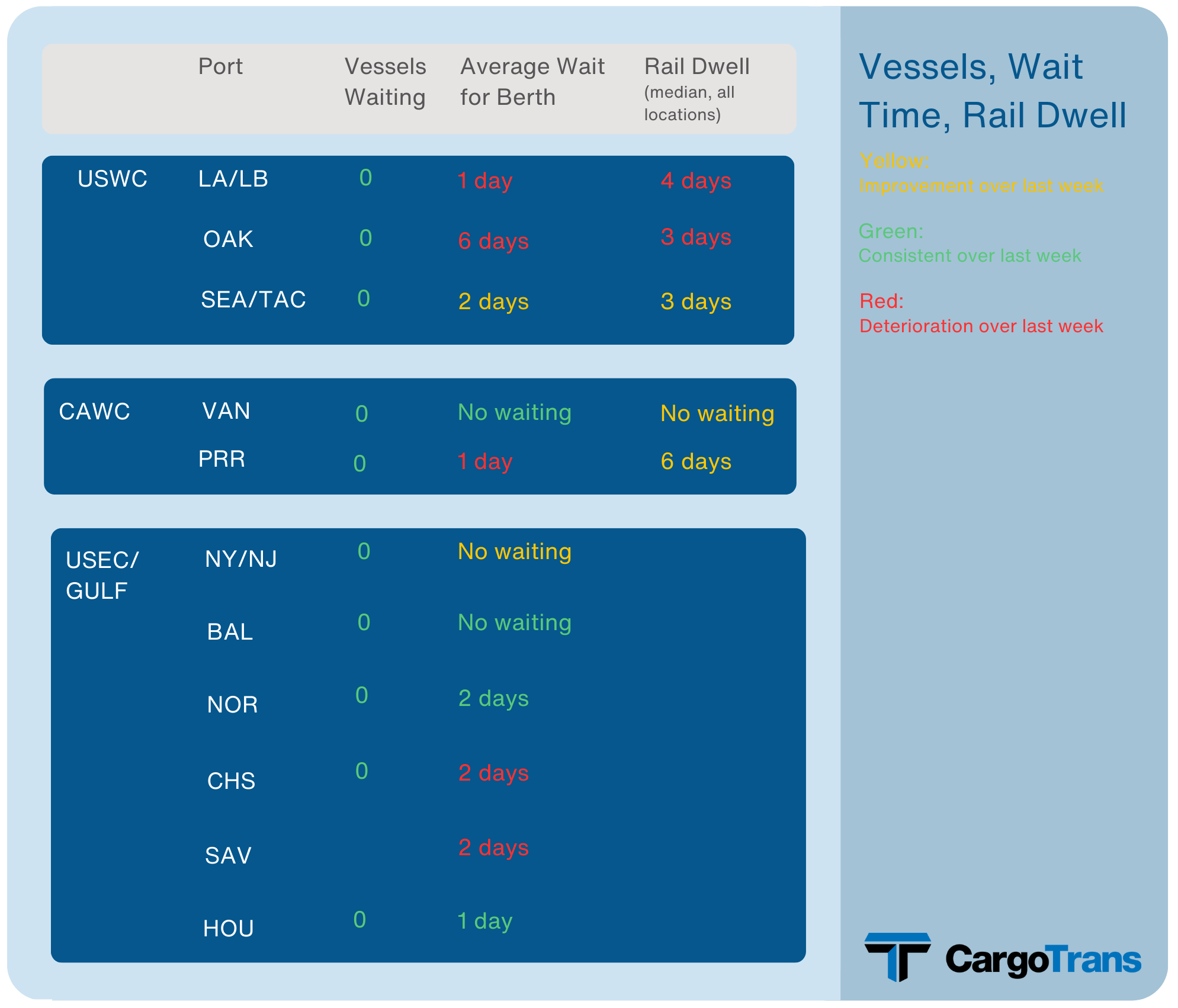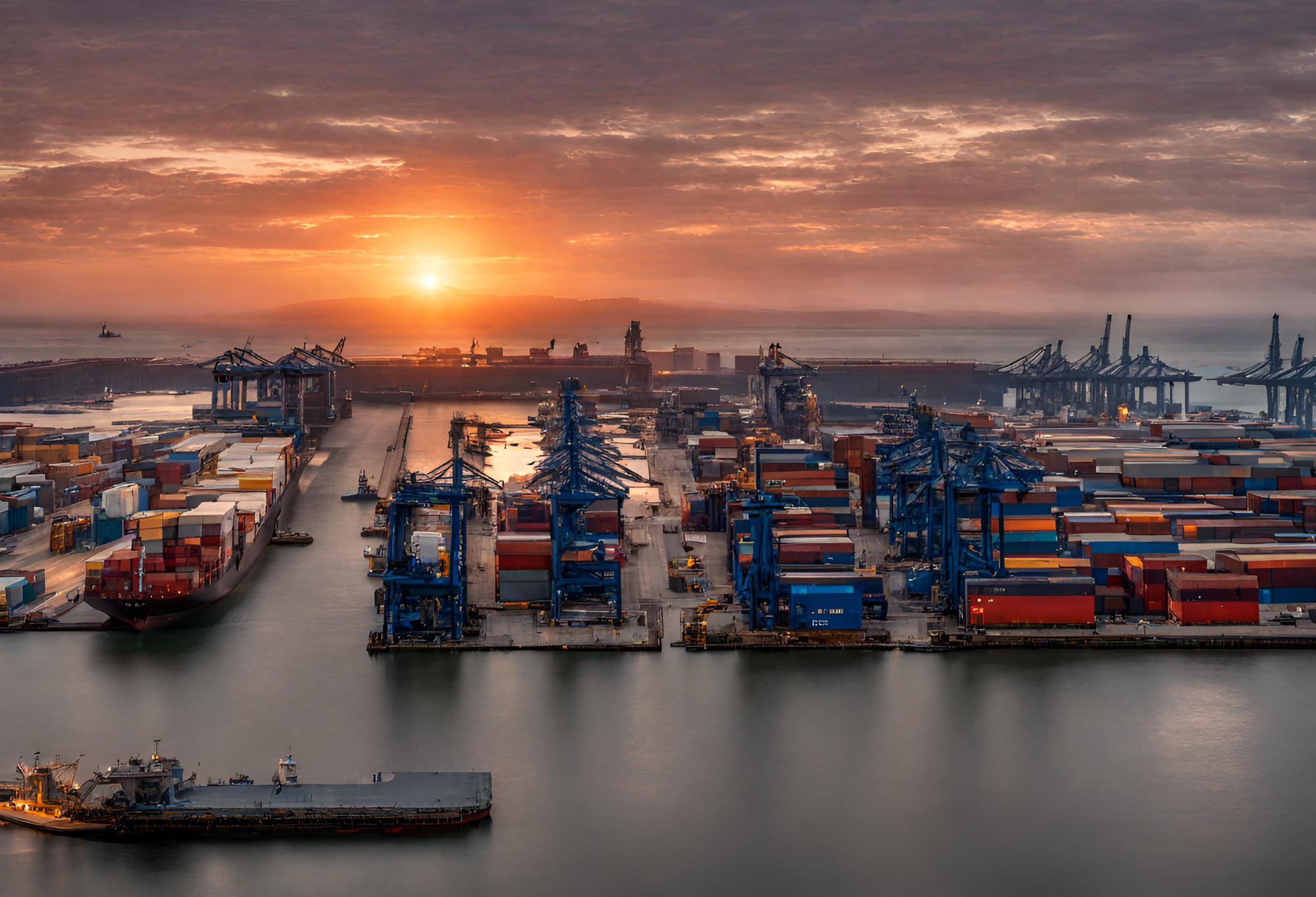Welcome to our latest blog post, where we dive into the current state of the global freight market. In January, the sea freight sector grappled with ongoing uncertainty, driven by capacity limitations and equipment challenges exacerbated by vessel rerouting due to geopolitical tensions. Attacks on vessels in the Red Sea prompted many carriers to seek alternative routes, impacting import freight to both coasts of North America. Meanwhile, in the air freight arena, we anticipate rate increases ahead of Lunar New Year as some ocean freight shipments divert to air. Looking ahead, we explore the post-Lunar New Year landscape, significant blank sailings in February, and strategies to navigate potential delays and disruptions caused by winter weather across the US. Join us as we unpack the latest trends and insights shaping the freight industry in the coming months.
Sea Freight
Asia to North America
The container market continues to experience uncertainty in January. Capacity limitations and challenges with shipping equipment, caused by ships being rerouted, contributed to market pressures. Ongoing attacks on vessels in the Red Sea by Houthi forces led many carriers to divert ships away from the Suez Canal. Instead, they opted for the longer and more expensive route around the Cape of Good Hope for Asian imports or waited in line at the Panama Canal. Consequently, import freight to both coasts continued to rise, reaching the highest levels since the fourth quarter of 2022.
Europe to North America
Market demand has held steady in January, with no anticipated spikes until at least March. Carriers continue to blank and cut capacity. Carriers will continue to divert capacity to address the Red Sea situation. The Red Sea situation has led to increasing rates for vessels on Transatlantic routes, and further increases are expected in February with carriers announcing GRI/PSS and emergency surcharges. Additionally, equipment shortages are impacting Austria and some areas of southern Germany, with the full impact likely to be seen later, depending on the outcome of the current German railway situation.
Air Freight
Asia to North America
Expect air freight rates to increase ahead of Lunar New Year as some ocean freight shipments divert to air freight.
What to Expect
Post Lunary New Year
- Post Lunary New Year – In contrast to the pandemic period, where a continuous increase in volumes led to port congestion worsening over time, carriers, particularly after the Lunar New Year (LNY), are expected to establish a new routine. This will ensure a smoother flow of containers, preventing significant congestion. As the market typically experiences a slowdown post-LNY, transit times may stay longer but are likely to become more predictable. There is a possibility that prices will decrease somewhat, although they may remain elevated until Red Sea traffic resumes.
- Expect significant blank sailings in February.
- For time sensitive East Coast cargo we recommend shipping to West Coast and either trans load or connect to rail option if available.
- Winter weather across the US may continue to impact cargo movement.
- Expect delays and book ahead if possible!







